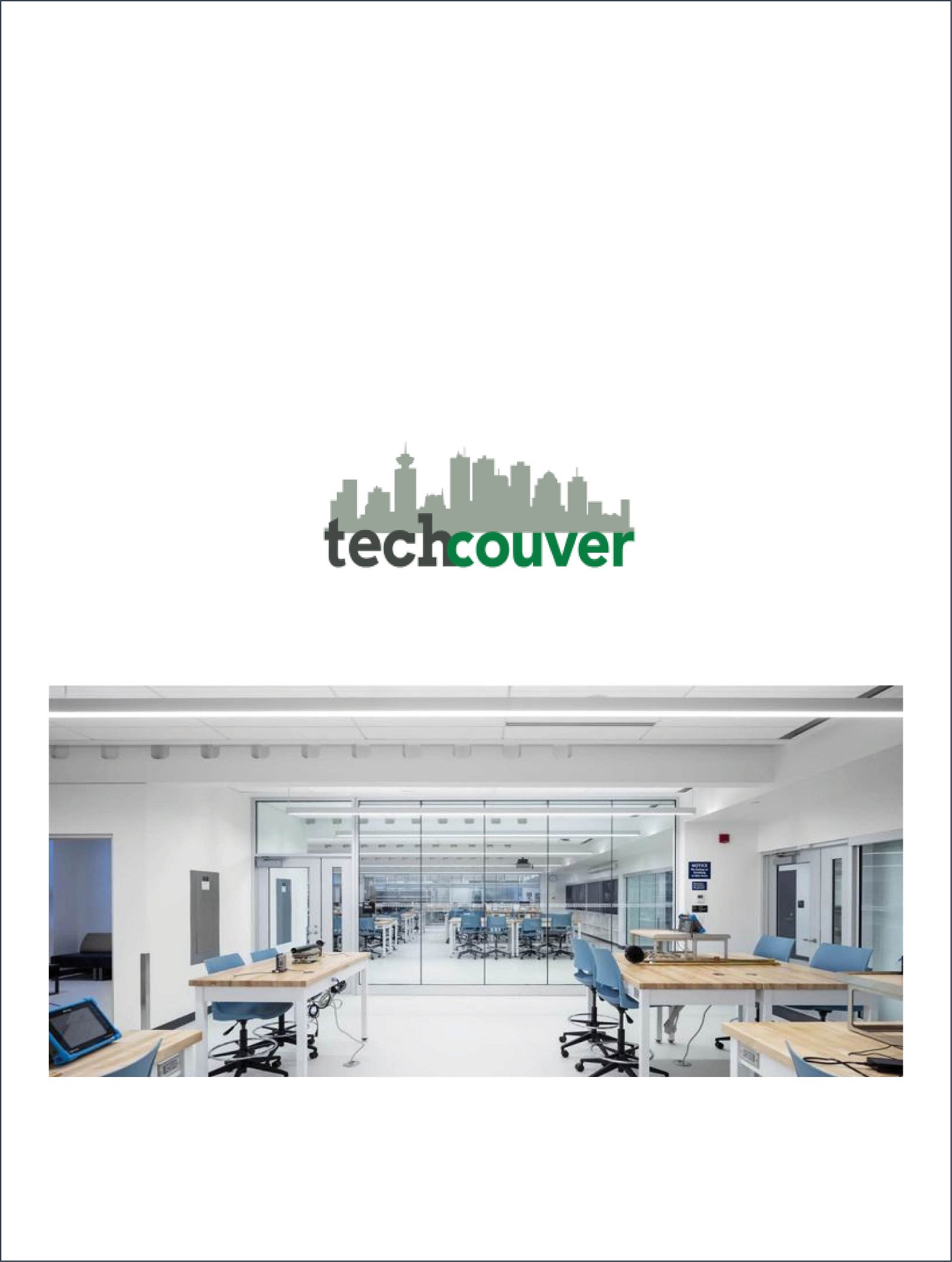Engineering the Future: Embracing Sustainable Building Practices and Technological Advancements to Combat Climate Change

techcouver | Nov 1, 2023
Wendy C. Macdonald, P.Eng., ENV SP, LEED® AP BD+C | Sustainability Consultant
In the face of the pressing need to combat climate change and reduce carbon emissions, the adoption of sustainable building practices has become paramount within the construction industry.
Engineers assume a pivotal role in spearheading this movement towards a greener future. An integral aspect of implementing these practices lies in embracing technological advancements.
Wendy Macdonald, a Sustainability Consultant at RJC Engineers (RJC), brings in-depth expertise and 23 years of invaluable experience as a pioneer in sustainable design. With a strong background in energy conservation, sustainability, and mechanical design, Wendy effectively channels her passion for environmentally-friendly design principles to deliver sustainable projects and services in this field.
What role do engineers play in sustainable building practices? Why is RJC a leader in this space?
WM: Building design and construction takes a team, and engineers are key players in that team. We hold up the building, we keep it bright and warm, we keep the outside out and inside in. By virtue of what we specialize in, RJC has the ability to be a powerful carbon reduction firm. Between embodied carbon in the structure and energy efficiency born of great enclosure designs, our structures, envelope and building performance teams combine to affect much of the carbon emissions associated with building. We acknowledge the weight of that responsibility and employ our “creative thinking, practical results” motto to find elegant solutions to minimize the environmental footprint of the buildings we design.
How can RJC help Canada meet its 2050 net-zero emissions goals through sustainable building practices? Can you share some examples?
WM: RJC is a signatory to the SE 2050- the Structural Engineers 2050 Commitment Program. As a signatory of SE2050, RJC is part of a growing list of companies that have pledged to understand, reduce and ultimately achieve net-zero embodied carbon by 2050. We’ll be driving down emissions in our own designs, sharing data and learning together about how to reach goals of net-zero emissions by 2050.